The annotated image below shows a classic automatic sliding door system. It is a door system because it is a collection of subsystems. These subsystems include:
Operator – The automatic door operator includes the motor, gear box, and belt that provide the mechanical power to drive the door open and closed.
Controller – The automatic door controller integrates information from the various sensors and decides whether or not to send power to the operator to open or close the door.
Motion sensor – This sensor detects people approaching the door and sends an activation signal to the controller to open the door in front of them. This sensor is sometimes called an activation sensor.
Presence sensor - This sensor monitors the threshold area and sends a signal to the controller to prevent the door from closing if it senses people or objects in the doorway. If the door is already closing the signal will cause the doors to reverse direction and open.
Holding beams – These sensors detect people or objects directly in the path of the door and send a signal to the controller to prevent the door from closing if people or objects break the beam of light. If the door is already closing the signal will cause the doors to reverse direction and
open.
|
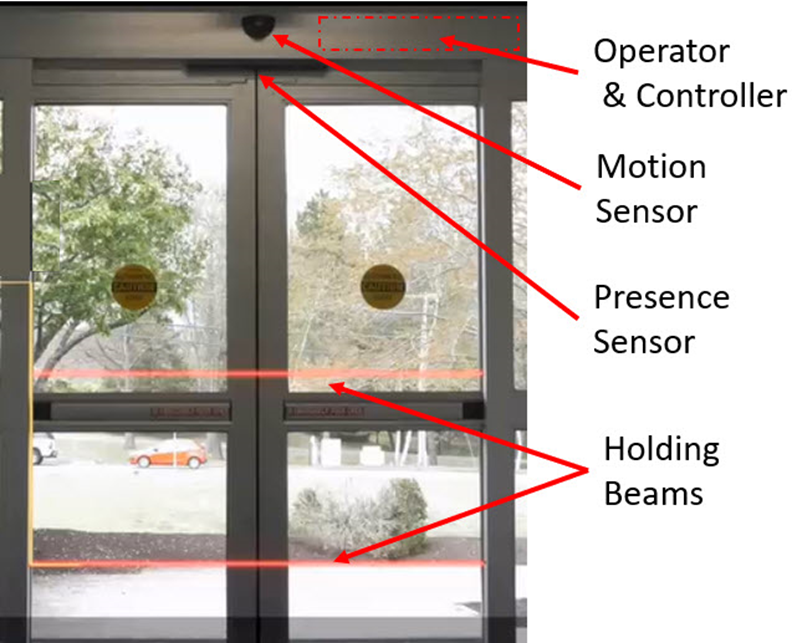
|
The purpose of this sensor suite and control system is to make the doors convenient to use and, most importantly, to keep the automatic doors safe. As shown in the figure below from the ANSI/BHMA A156.10 Standard for Power Operated Pedestrian Doors, the sensors create activation and safety zones.
|
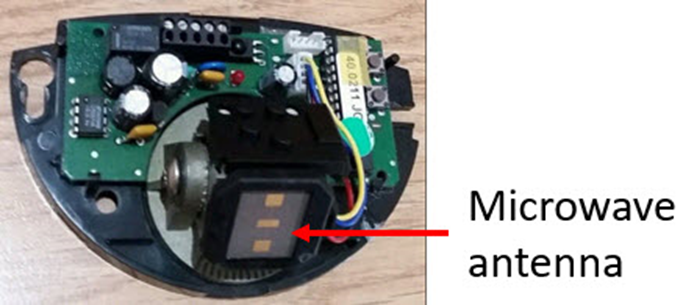
|
|
The motion sensor detects people approaching the door and sends an activation signal to the controller to open the door in front of them. “Classic” motion sensors broadcast microwave energy and detect the Doppler shift of the returning microwaves. More recent motion sensors use active infrared signals rather than microwaves. The active infrared motion sensors are typically packaged in the same enclosure as the presence sensor. |
|
|
The presence sensor monitors the threshold area and sends a signal to the controller to prevent the door from closing. For this reason, the presence sensor is sometimes called the safety sensor. Older presence sensors measured passive infrared signals that were generated by the natural warmth of people. Modern presence sensors use active infrared LEDs that transmit infrared light and measure the reflections to look for changes that indicate people have entered the presence detection safety zone. |

|
|
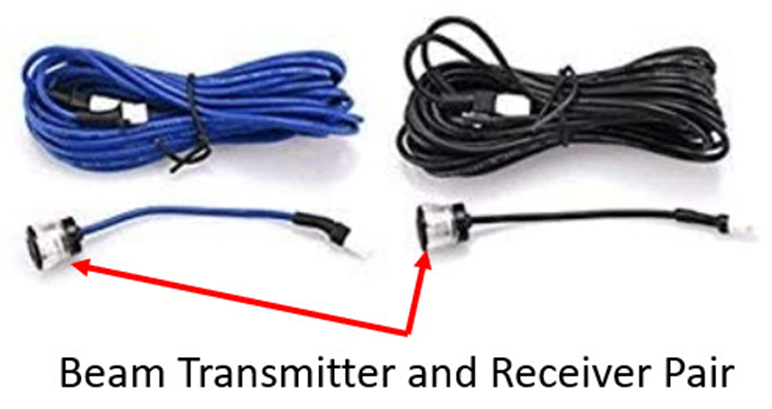
|
|
The automatic
door holding beams detect people or objects directly in the path of the door and send a signal to the controller to prevent the door from closing if people or objects break the beam of light. If the door is already closing the signal will cause the doors to reverse direction and
open. Note the light is typically not in the visible range, so your eyes can’t see the beams. If you have an automatic garage door at your house you probably are familiar with these types of sensors.
|
|
|
The controller integrates information from the various sensors and decides whether or not to send power to the operator to open or close the door. That’s why the controller has so many connectors on it. Just about everything in the door system connects to the controller. The controllers are also designed to detect if the sensors become disconnected or completely fail and disable the doors, so they are not operating “blind.” |
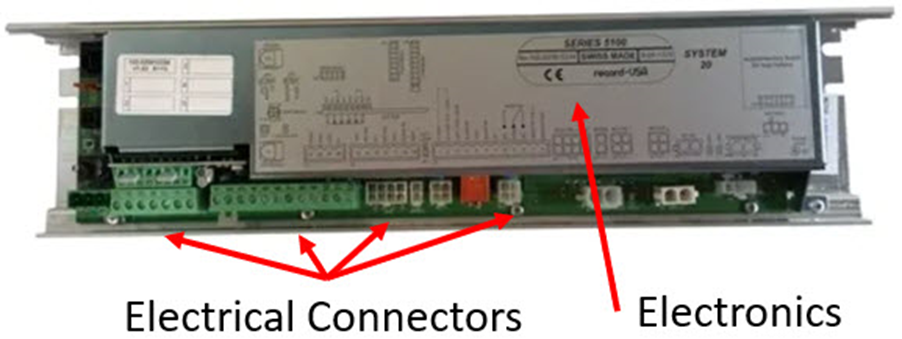
|
|
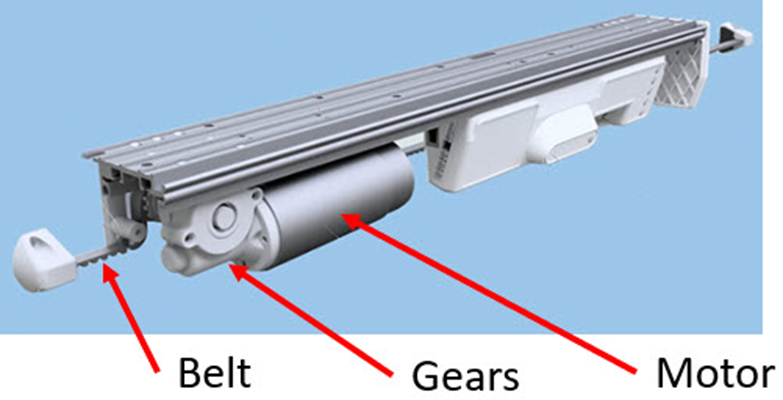
|
|
The automatic door
operator contains the motor, gear box and belt that provide mechanical power to the automatic door. The door themselves are heavy and considerable forces are required to open and close them. Unfortunately, these forces can seriously injure people and even cause death. According to the Consumer Product Safety Commissions National Electronic Injury Surveillance System (NEISS) Online database approximately 2000 people required emergency room treatment for injuries involving automatic doors each year.
|
|